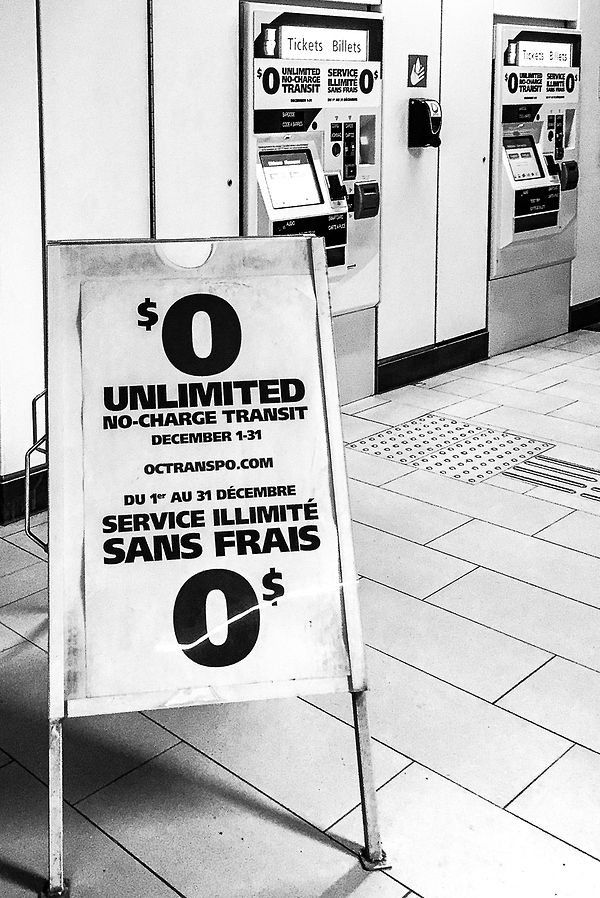
Catherine McKenney
Cities all over the world, including Ottawa, are beginning to take a fresh look at how we pay for public transit. Currently, we follow a model that charges transit users for every ride. Ottawa expects transit users to pay 55 percent of the cost to run the system.
The problem with that, especially when so many people are working from home, is that fares have to increase to meet that 55 percent margin. For instance, this year City Council has budgeted for fares to increase by 2.5 percent.
What’s missing from this model is that public transit provides a public good and is an essential service. We want more people to use transit because it reduces greenhouse gas emissions, congestion and accidents. It’s also more efficient given that one vehicle can carry 80 to 100 passengers depending on the bus. The LRT can carry 600 passengers in each two-car vehicle.
In a nutshell, you cannot have a healthy, connected and equitable city without transit that everyone can afford to take and that meets them where they are and takes them where they want to go.
Fare-free transit
One way of encouraging transit use is to reduce significantly and eventually remove user fees, that is, transit fares which we currently demand of riders. Fare-free transit is being tried in many cities around the world.
Measured in the increase in transit users, this has been tremendously successful. The mayor of Tallinn, Estonia, said, “The universal feature of free public transport is the fact that. . . Everywhere that it has been implemented, people like it.”
We saw a similar result here in Ottawa during the month-long, fare-free trial in December 2021. An informal survey by Councillor Jeff Leiper found that almost 40 percent of respondents said they would take transit more often because it was free. Even more encouraging, many young people who have access to a car said they would take free transit instead.
What’s the cost?
Before the pandemic, riders were paying about $200 million per year in transit fares. If we moved to a fare-free model, some of those revenues would have to be made up from other sources. While this may seem like a lot of money as part of Ottawa’s $4 billion budget, we have to keep in mind that our 2022 capital budget includes $64 million for road projects, such as widening and expansion of existing roads. Not all these projects would be required if more people took public transit.
Of course, costs to run the system would also be lower. Collecting fares is a complicated and expensive part of OC Transpo’s administration.
We pay for the Presto system, for the card readers at transit stations and on buses, for ticket machines and fare gates and rent for the kiosks at several shopping malls. There are also staffing costs, including for fare inspectors.
There’s another cost to fare collection, as well. According to the bus operators’ union, ATU, disputes over fares are the main reason why operators face assault. As well as driving the bus, operators are expected to watch for people who skip payment. This causes dozens of physical assaults on operators each year.
Increasingly, we are looking to our federal and provincial government partners to help fund transit operations through gas tax and other measures. Last year, I convinced council to ask the federal government to support public transit in Ottawa.
Transit fares aren’t the only factor that keeps some potential riders away. We know that our bus and train systems have not been reliable and this needs to be fixed. Ottawa residents deserve and expect a public transit system that is affordable, dependable and predictable. We need to consider all of those elements as we move forward.
It’s time to have a serious talk about how transit is funded and by whom. I hope you’ll be part of the conversation.
